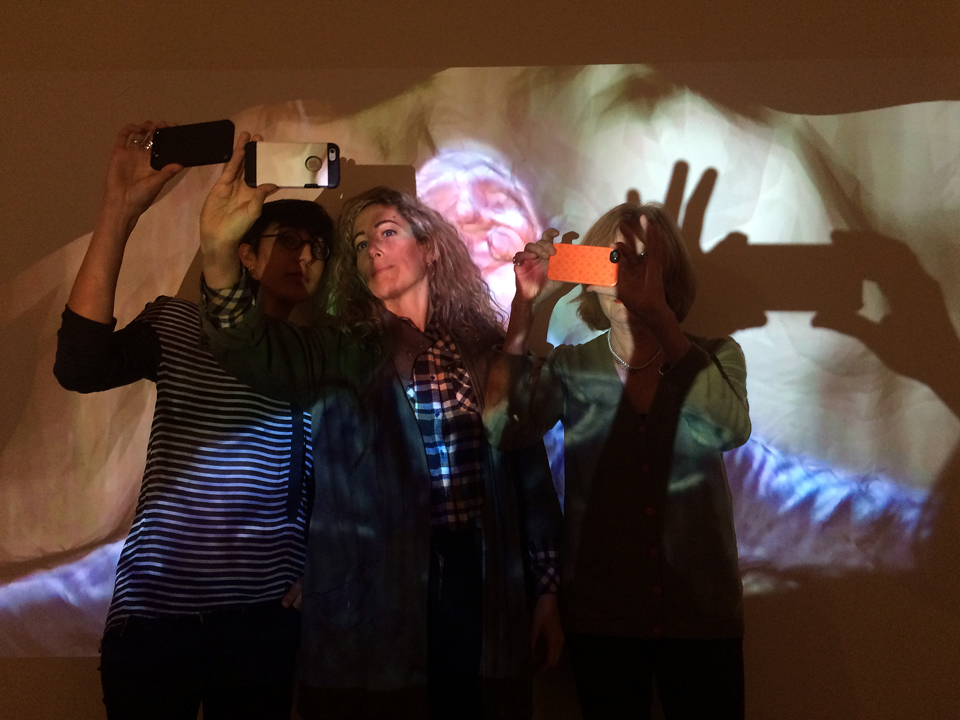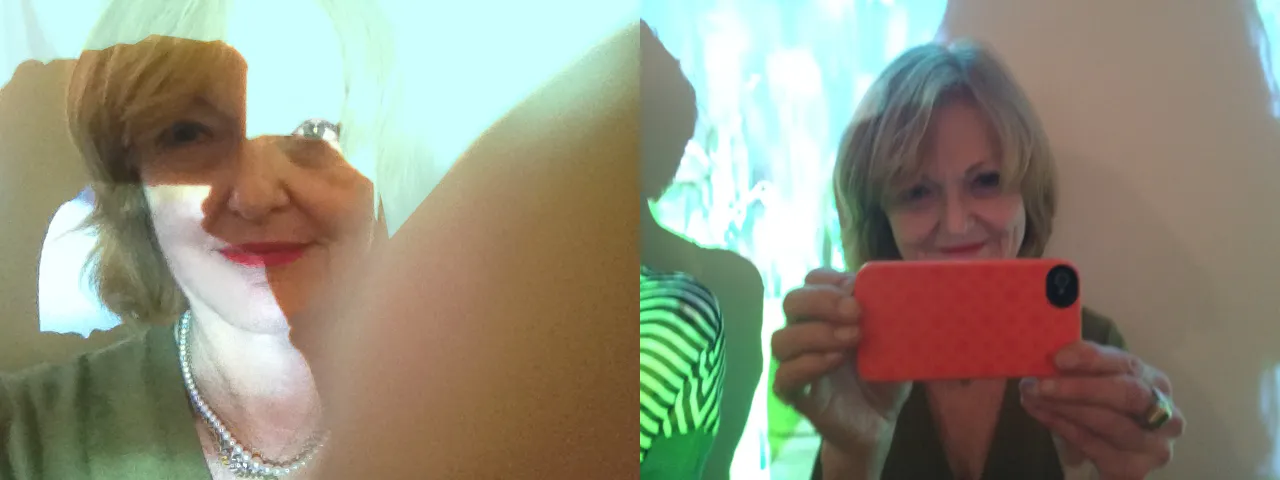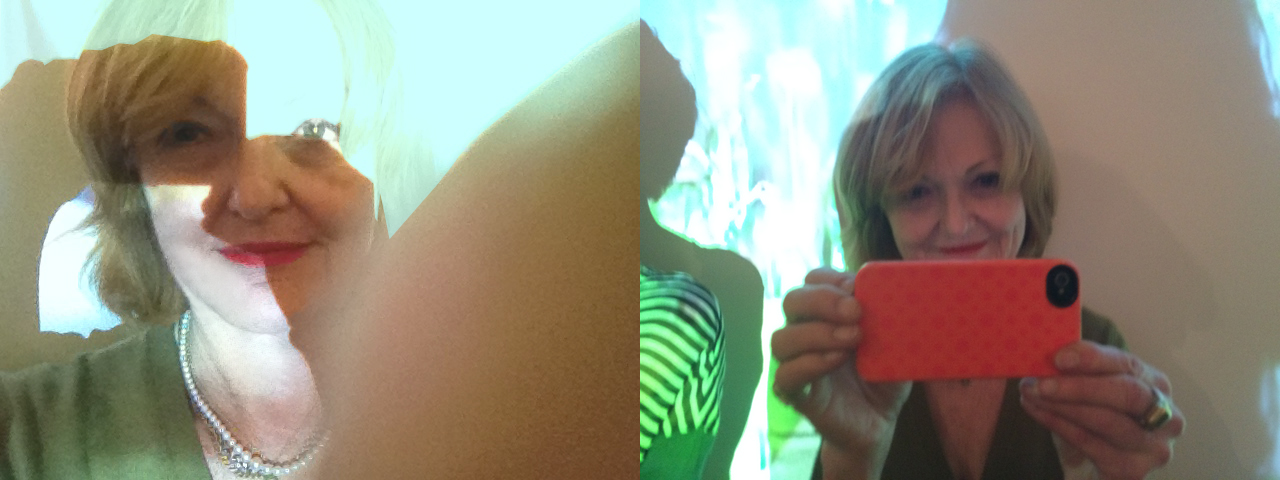
I had the honor of speaking with magazine world luminary Elisabeth Biondi at Fridman Gallery where Lift Off: 2014 NYC Photography/Video, an exhibit she curated featuring recent MFA graduates, was on view.
Elegant, articulate, and generous with her teachings and time, Elisabeth spoke with me about her years as Visuals Editor for The New Yorker, the relationship between image and text, the role of the MFA program, trends in photography—and her transition into curating.
We realized that we had been in conversation for nearly 45 minutes, and the artist talk was scheduled to begin. Though I had initially intended to set up and take a formal portrait of Biondi, inspired by her interest in Instagram and new media, I instead asked her to take some "selfies" with her artists and gallerist Iliya Fridman in front of Charles Sainty’s vibrant video projection, while I photographed them.
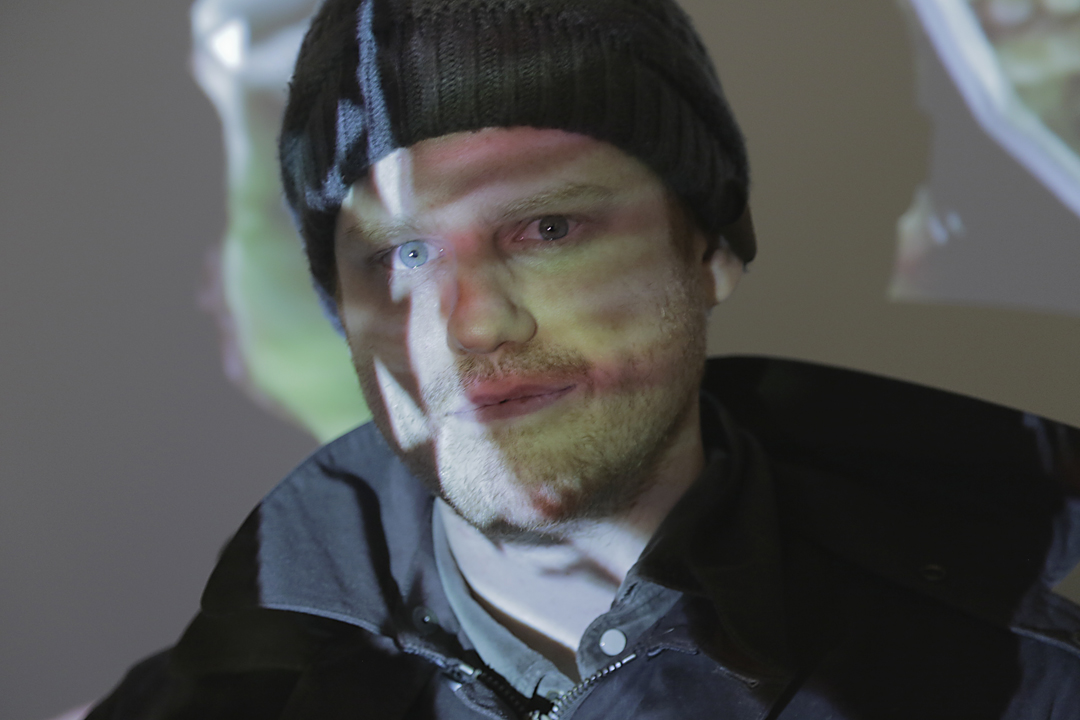
Theresa Ortolani: As a first year MFA student, I’m particularly intrigued by the fact that you chose to curate a post-MFA show. Can you tell me what your affiliation is with Fridman Gallery and how the show was conceived?
Elisabeth Biondi: I write a column for each issue of Photograph [Magazine] called "Portfolio" where I pick a photographer and write [approximately] 350 words as well as feature a portfolio of their work. I try to choose photographers who are not well known. It’s very nice because I have free reign. Photograph is a wonderful publication. I’ve always been interested in various expressions of photography, which has a big range. This portfolio gives me a chance to write about that. And writing is not easy for me but it’s something that interests me.
TO: Has writing always interested you?
EB: I worked for The New Yorker for 15 years and I’ve read a lot of good writing, so I have enormous admiration for it. I love to read and I love pictures, so I’m interested in the two parts—image and text. Bill Mindlin, the man who does the magazine, knows Iliya [Fridman] who had expressed interest in working with outside curators. I had this idea of curating post-graduate and MFA thesis work but it didn’t come about so I wanted to continue to explore it. I suggested it to Iliya and he was very positively inclined toward it.
TO: Coming from an editorial background, which is a two-dimensional platform, what has changed for you, moving into the three-dimensional space of the gallery?
EB: That's the interesting part. It used to be that 10 years ago when you went to the thesis shows most of the pictures were on the wall, and they were two-dimensional but now very few are simply pictures on the wall. That change has always interested me.
TO: Do you contribute that change to the development of technology?
EB: I think the root is technology. I come from the editorial world, which has changed; there are fewer magazines, there are fewer ways to get assignments. Photographers still take pictures, but I think technology creates so many pictures that it also takes people back to analog, back to another age. Few go further out away from conventional photography. So, in the end, I think it’s digital technology and its uses that has created this total change; great change. Lift off.
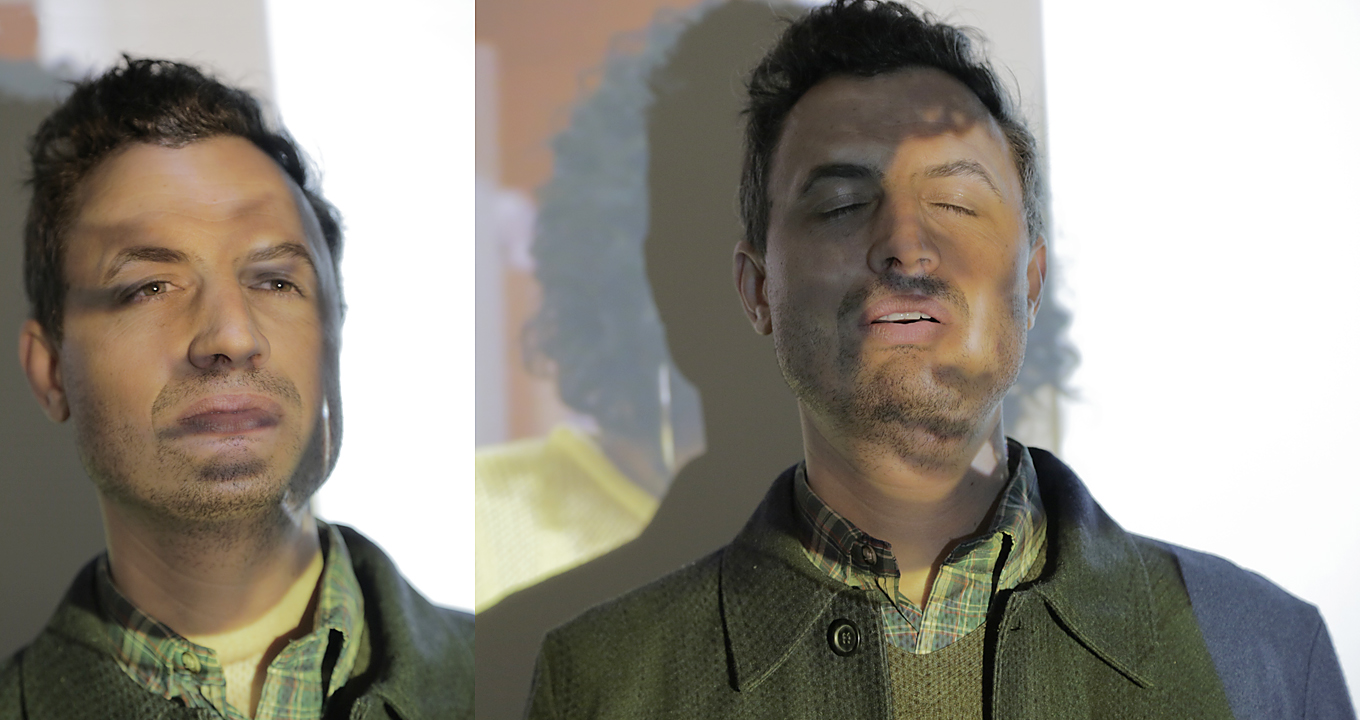
TO: Did you choose the title of the exhibit, Lift Off, with the digital age in mind? The digital age, representing a new beginning?
EB: Yes, and I think it was also a lift off for the artists—that another part of their life had started. And yes, it’s a lift off from a more conventional photography into a freer photography, or sometimes it’s no longer even photography at all. When I go to the photography graduate shows sometimes I say "Where is the photography in here?." The terminology is also changing. When I was writing the [Lift Off] press release, I had to really think about this. They call themselves artists and there's a reason why they call themselves artists … and some people shouldn't call themselves artists, but that’s another thing entirely.
TO: I received my BFA from an academic art school [Boston University’s College of Fine Arts] where students didn’t dare call themselves "artists." We were named by our crafts—"painters" or "sculptors." The title of artist was relegated to those who had achieved great success. And photography wasn't even considered an art!
EB: Yes. I remember writing something years ago where the subject was "Is photography an art?" Well that’s gone now, I mean thank God, that's the good thing. But I was also thinking about when art painting changed when photography became a way of documenting things in the 1900s—it freed painting from being representational. And in some way I think there’s somewhat of a parallel to be made now. That digital technology, without its implications, has freed the photographer, or maybe forced the photographer (it doesn’t matter which way you look at it) to be freer and to look at it in a less confined way.
TO: To think outside the box—the box that is the camera. So how does one define photography now? Is it a chemically fixed image, a projected image, something that requires a lens?
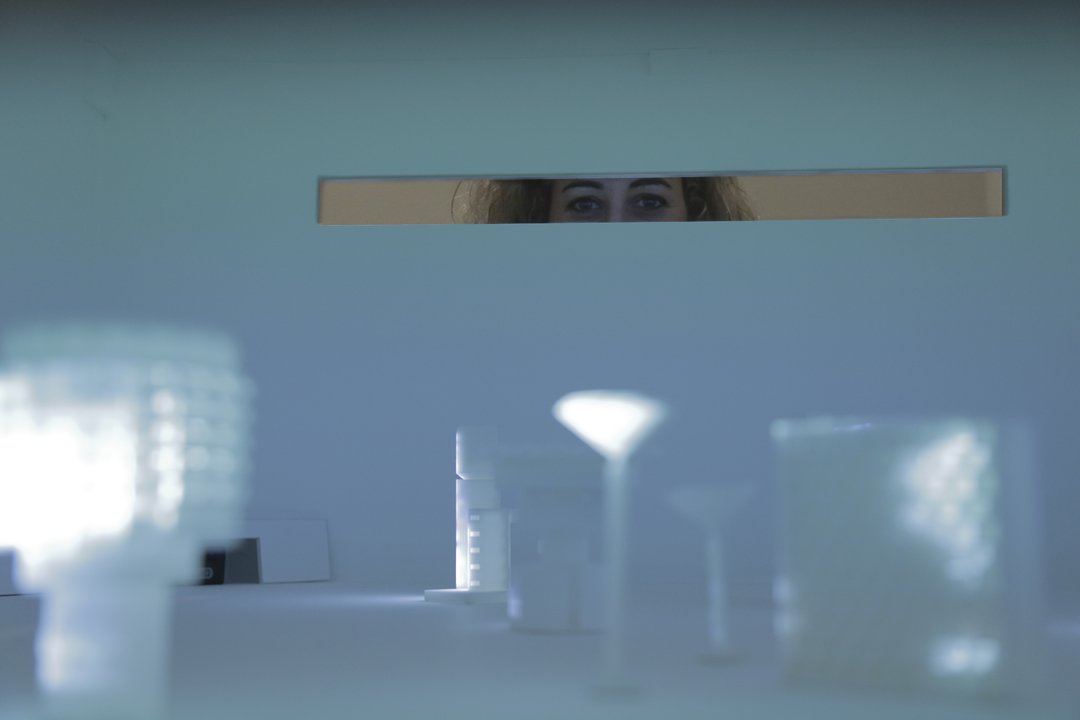
EB: I think it’s all of the above, and there isn't a lens-based photography.
TO: Right, for example with a photogram or the camera obscura.
EB: Right, it doesn't have to be lens-based. Though there are certain parallels. [Henry] Fox Talbot did photograms. That was a long time ago. That was sort of before the traditions of photography came about, so it’s kind of interesting when you go backwards and forwards.
TO: In your parting interview with The New Yorker, you mentioned the term the "golden age" of photography. What would you call this time now, and can you define what the golden age of photography was?
EB: Well I think that golden age was of documentary photography, I should limit that, I don't know if I said that then. And maybe it was the golden age of magazine photography. And that’s actually what I’ve been doing for most of my professional career: working with documentary photography. So maybe this is the space age of photography. But what is amazing about these six young people is that they’re so smart. They know why they’re doing this extremely well. They can talk about their work and they’ve thought it out, which was really impressive because I picked the work, not the people.
TO: The works in Lift Off speak to one another across the space. There are different mediums represented: video, installation, and two-dimensional work, but it all follows a similar thread. There’s a dialogue happening; a cohesive flow.
EB: I did want to represent the different disciplines; I wanted to reflect the different kinds of work I’ve seen in thesis shows. That was important. And therefore I wanted the works to be as different as possible. And what actually surprised me in the end was that there were so many threads that connected them. At first, I was extremely fearful of how I would put this together. But it actually was very easy, the work dictated how it wanted to be seen.
TO: Well, you've been doing this for so many years—on the magazine platform—so perhaps on an unconscious level you did choose works that create an interesting dialogue.
EB: Well that could be. Actually the nice thing post-career, because this is no longer a career, or post-magazine work, is I always paired words and pictures. On the written word side you always have to fight for pictures because editors-in-chief run them, and the words come first. So now, when you put something on the wall the pictures come first. But you have to write about it and there has to be an idea behind it, so there are words, but it's the picture that drives it, which I love. I curated an exhibition at Howard Greenberg Gallery in 2012. What I did was I looked at the photography in The New Yorker and at all the issues that I had worked on, which was from 15 years, but I separated it from the stories that they ran with.
TO: Alec Soth worked with Brad Zellar to create a series of stories, but for his Songbook exhibition he stripped the project of text. Similarly, he wanted to see how the images live separate from the text, and what kind of life they take on. He was interested in the lyricism inherent in the image, minus the backstory. He also spoke about how the viewer is able to bring something to the image, whereas when one reads a story that is illustrated, perhaps with an image, then there’s limitation there.
EB: Well I always bristle at the word illustration. I think pictures should never be illustrations, they should be their own entity and they should compliment the text. And if something is extremely well described in the text, which often in The New Yorker it was, you don’t need to see it anymore. Then the reader can create the image.
TO: In an interview, you mentioned Tina Brown treated images and text as equals.
EB: She did. She had no prejudice. I think David Remnick liked photography, but he is a word editor and his first love is the word. He's not against photography, but I think if a choice had to be made it was clear what the choice was. But for Tina, especially at Vanity Fair, I think it was easier because she liked to sort of throw it up in the air. If the pictures were good and the text was lousy, she ran a lot of pictures and a short text. At Vanity Fair there was more space for that, it was a different magazine than The New Yorker. I think it was actually a great challenge to figure out how to integrate pictures in The New Yorker; a magazine that’s so well known for it's literary content, for the words.
TO: You were instrumental in bringing images to The New Yorker early on.
EB: Well when Tina came to The New Yorker her charge was to rejuvenate the magazine and bring it into the late '80s, early '90s, and I think what she did was actually brilliant. She asked [Richard] Avedon to be the photographer and for a while he was the only one. But then you have a little bit of a problem if you have only one photographer. When I joined The New Yorker it functioned more like a traditional magazine. I think it was really smart to have someone like Avedon introduce photography in the magazine. But there was still revolt, some writers and readers didn’t like photography [in the magazine]. I even remember in the beginning when there was photography and people asked what I did, and I told them, they said “Is there photography in The New Yorker?”
TO: And what about the inverse, how do you feel about introducing text into imagery? For example, in the show, aside from one piece, there’s the absence of text. In fact Jesse Chun stripped away the text from her passport images. How do you feel about using text in image making?
EB: It depends. If you use text, you use it; if it works, it works. I think it’s more about the ideas; you start with ideas and develop ideas and then you can develop it in many different ways. You strip away and you add to it. Having worked with words and pictures for 35 years I was in that world and saw a lot of art. My professional work was all words and pictures, and how to put them together. [At The New Yorker], we would read the piece of fiction and then we would all sit together and make a list of ideas or details and then look for mostly fine art photography.
TO: So the picture was freed from the responsibility to document, and into the ephemeral?
EB: Yes that was the furthest it moved away. Actually it has changed now, but I think you have to have change. Even so I was very sad when the images went away in The New Yorker for the fiction. But things have to move on, right?
TO: You seem to be comfortable with change. Martin Schoeller said you were a wonderful mentor to him. Can you talk about the relationship of the photo director or curator to the photographer or artist?
EB: In my magazine work I always thought that my job was to be the bridge between the publication and the photographer. I had to talk to the photographer and translate the story to the photographer. And then I had to translate what the photographer had done to the magazine and shepherd that through, assuming that the work was well done. While you do this, you have to actually understand and get involved in the photographer's work. And there has to be certain curiosity about the work.
TO: And a confidence in the work.
EB: And a confidence, yes. I push people. I basically push and push. I’m sure some people say "Oh it's too tough!"
TO: You push them conceptually? To refine an idea?
EB: Yes, all along. Because technically, forget it, I have no idea. I don't take pictures. So it's conceptually. How can we be fresh and how you can do something new and not repeat something? And I think that's why I’m sure there were people who thought I was a tough bitch. I'm careful because I always wanted to remain objective. Photographers have become my friends after I left, but I always tried to keep a certain distance from them when working.
TO: The process of curating must be freeing for you.
EB: It's much freer and much easier. And now I’m at a certain age where it’s just very exciting to work with young people and see them do things that are refreshing. It opens up my world in some way. Also I think I had a very good career, so I think it's time to give something back. I think it's much more difficult for young photographers now.
TO: It's like watching a child grow—witnessing the history of photography evolve.
EB: Yes, I didn't look at it this way, but I think maybe you’re right about that.
TO: And now your child is out there on its own, lifting off into a new realm.
EB: Well, I don't think I’m the mother of photography [laughs].
TO: The cool aunt? [laughs] There’s still a lot to learn from assisting established photographers—lighting, production and the challenges of running a business. But, I've seen a big change with the advent of digital photography. Young photographers, or artists of any discipline, can pick up a camera and use it as a tool more easily than they could have 10 years ago. Everyone's a photographer now.
EB: Yes, but they still have to learn a lot [in order to operate on a professional level]. They have to learn how the tools work, and they have to intellectually define what they're doing. I think you're right that the terms have changed somewhat. I always encouraged commercial photographers. Like Martin Schoeller, he has his own projects and he has assignments. And not everyone does that, but I do think the structure has somewhat changed now. Basically, you have to work digitally. If you don't work digitally you cannot work for an advertising company. And you must work with video too. So there is still a lot of technology involved. I still think finding a good photographer, as a mentor, is a wonderful way of learning. And I think the interesting part with these six artists in this show is they all took a break between undergraduate and graduate studies and they had very different experiences, but they all returned to school and got their polish.
TO: The photographers you've hired or taught consider you a wonderful mentor, yet you mentioned that you never take photographs.
EB: No, I just take pictures for Instagram. And that's fun actually, that's really fun.
